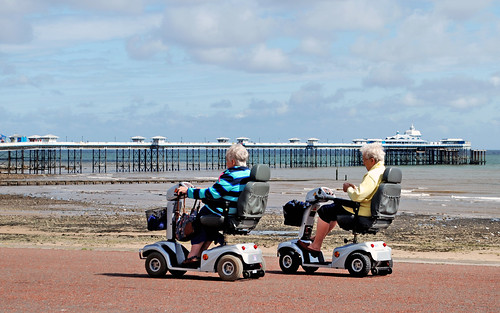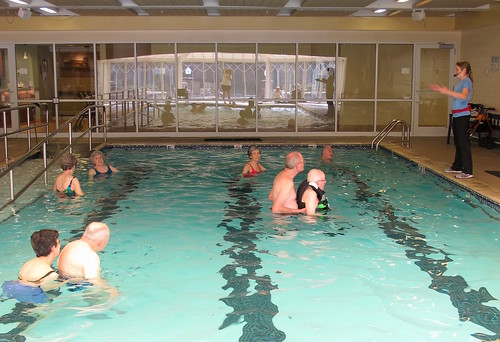Get Yourself Some L-Plates!
There has been a call for training or safety use of mobility scooters, a bit like a driving licence before letting people loose on the pavement with them. Apparently nearly 300,000 of them are in use around the country and there were – and probably are – concerns about their safety.
Not the safety of the devices but of the drivers. Their use isn’t regulated. Anyone can sell one, anyone can buy one and anyone can drive one. So someone who doesn’t drive a car could get straight on a mobility scooter and take to the road. That’s brave to say the least.

The scooters are relatively simple to operate, but really riders should have some training. Drivers should also be declared ‘fit to drive’ as they would be in any other vehicle for the open road. And their use should be regulated. This video on the BBC shows one being used to transport a rolled carpet. That’s some wide load!
We don’t recommend the following for how to ride a mobility scooter! It’s the worlds fastest scooter.
It’s not just the riders or other drivers that the report is concerned about. Pedestrians have fallen foul of these vehicles in the past too. In fact in Devon and Cornwall the police has recorded 200 incidents involving mobility scooters in the last two years. Fortunately they didn’t all involve pedestrians.
Exercise for the elderly
We are always being urged to remember how good exercise is for us regardless of our age or mobility.
Helpguide.org which has solutions for health challenges, reminds us that despite the obvious physical benefits, exercise is also good for our moods. All exercise releases endorphins which do a great deal for us. First and foremost they improve our overall well-being making us feel generally good, but they also help improve our moods and lessen depression.
Obviously it depends how physically fit you are as to what sort of exercise you embark on, so always check with your doctor first.

Exercise in water is great if you have lessened mobility or aching joints/arthritis as the water supports your body. Simple walking if you’re up to it is good for you and gets you outside too. Even if you are wheelchair-bound there are a number of exercises you can do, such as hand and arm exercises and leg exercises.
Don’t underestimate the power of exercise whatever your age or condition.
Dexterity for the Disabled
What a great idea – smart technology adapted for kids with dexterity problems. We’re talking about touch and swipe technology via a device worn on the forearm or strapped to the arm of a wheelchair. It is sensitive enough to convey hits or swipes from those with fine-motor impairments to the device.
Those suffering with these types of problems are likely to be suffering from cerebral palsy, traumatic brain injury, spina bifida or muscular dystrophy. With little dexterity in the fingers or hands they are unable to use normal touch screen devices.
Georgia Tech in America has developed this technology to help the youngsters. We wonder if the same technology could or will be adapted for an older age group whose dexterity is in decline too? This would allow them to use touch screen devices for communication or ones developed to activate other devices in the home.
